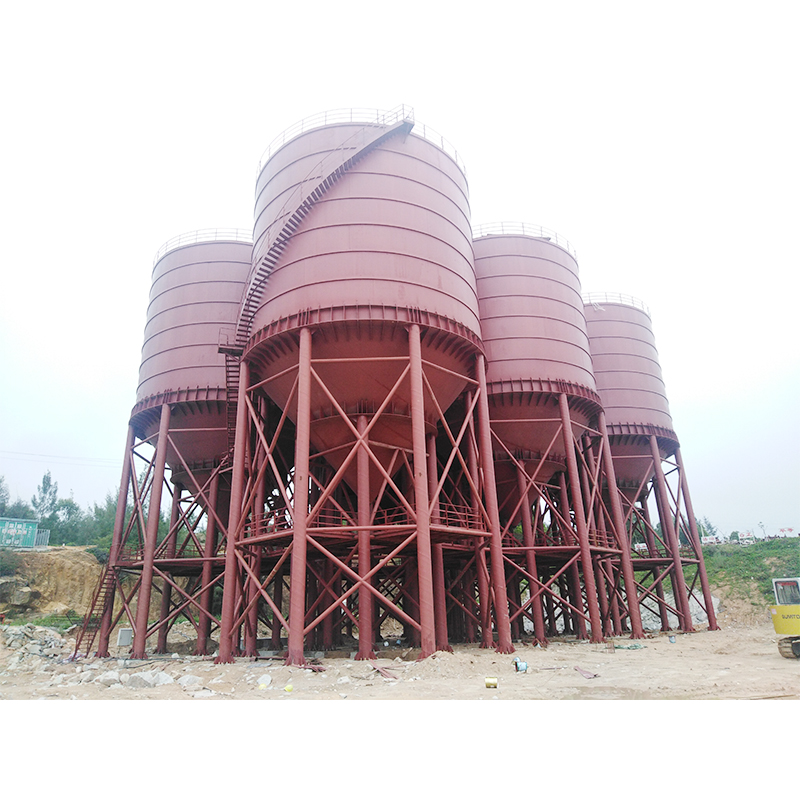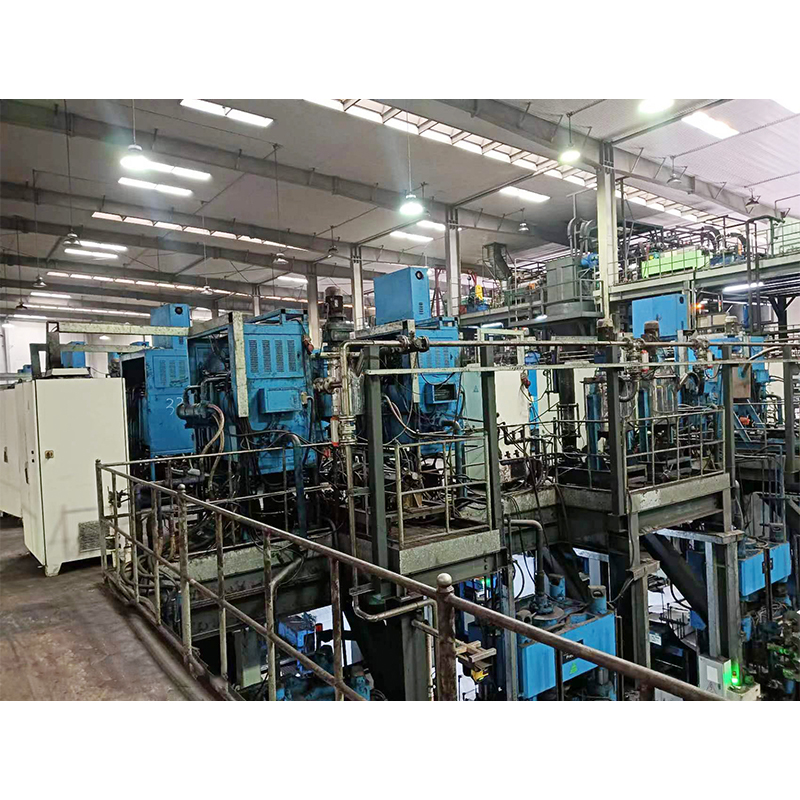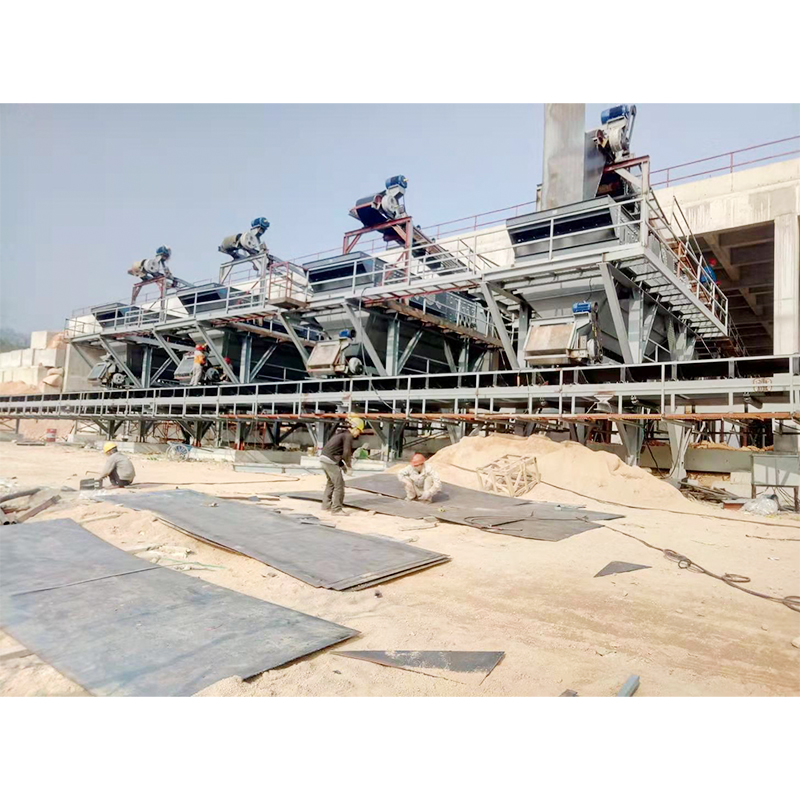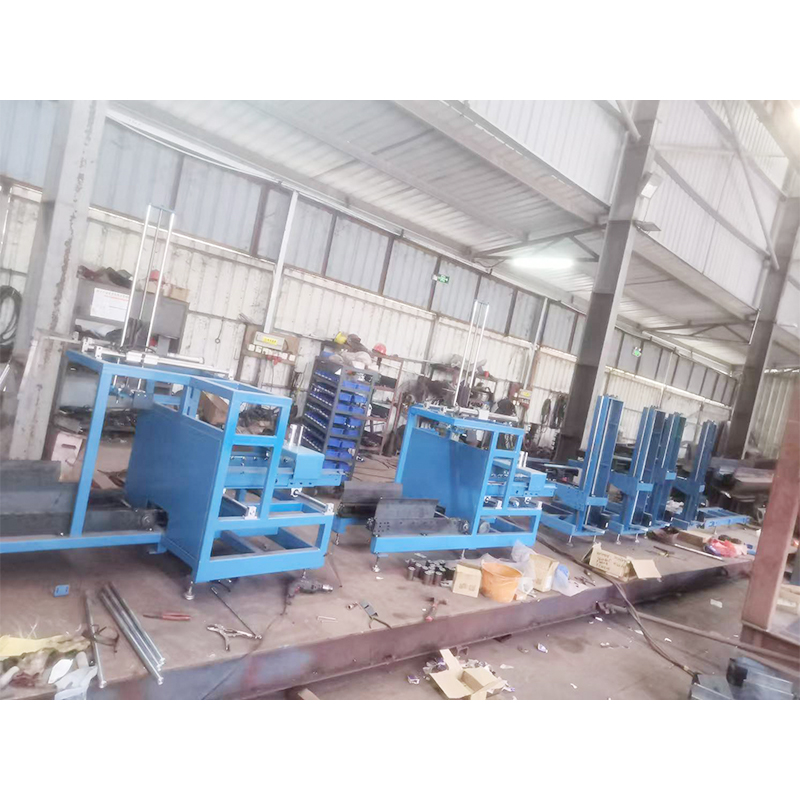How to rationally configure a crushing production line based on the hardness and particle size characteristics of raw materials?
Release Time : 2025-09-23
In industries such as mining, aggregate production, and resource recycling, the efficiency and product quality of a crushing production line largely depend on the scientific configuration of the equipment. Jaw crushers, cone crushers, and impact crushers, as core machines, each have unique crushing principles and application scenarios. How to rationally combine these three types of equipment based on the hardness and particle size characteristics of the raw material affects not only the production capacity and energy consumption of the entire production line, but also directly impacts the particle shape, gradation, and operational stability of the final product. True high-efficiency crushing is not simply about piling up equipment, but rather a systematic matching based on material characteristics.
Jaw crushers typically serve as the "first stage" of the production line, handling coarse crushing. Their robust structure and wide feed opening allow them to effectively process large rocks, especially suitable for high-hardness, highly abrasive ores such as granite and basalt. These materials are initially large, irregularly shaped, and have high impact strength. The crushing action of a jaw crusher, through compression, can stably reduce large pieces to a medium particle size, providing a uniform feed for subsequent processes. Due to its adaptability to various material hardness and relatively simple maintenance, it has become an indispensable primary crushing equipment in most production lines.
When it comes to medium and fine crushing, choosing between a cone crusher and an impact crusher depends on the hardness and brittleness of the raw material. For high-hardness, wear-resistant rocks, cone crushers offer significant advantages. Their internal crushing mechanism uses a multi-point contact between the moving and stationary cones, subjecting the material to repeated compression and fracture under high pressure, resulting in high crushing efficiency and controllable wear on the equipment itself. Furthermore, the aggregate produced by a cone crusher has a more uniform particle shape and lower content of elongated or flaky particles, suitable for high-standard concrete or road base materials. Its compact structure and well-designed sealing and lubrication systems allow it to operate stably under high dust, continuous heavy-load conditions. Impact crushers, on the other hand, are more suitable for materials of medium hardness and high brittleness, such as limestone, dolomite, or construction demolition waste. These materials easily fracture along grain boundaries under high-speed impact. The impact crusher utilizes the high-speed rotation of impact plates to violently strike the material, causing it to impact the crushing plate again, achieving a "rock-on-rock" crushing effect. This method not only consumes less energy but also produces a product with better particle shape and smoother surface, making it particularly suitable for applications with high requirements for aggregate appearance. Furthermore, the particle size of the output can be flexibly controlled by adjusting the rotor speed and the gap between the impact plates, facilitating the production of multiple product sizes.
In actual applications, these three types of crushers are often used in a sequential configuration. A typical process involves: the jaw crusher for primary crushing, reducing the raw ore to a size suitable for secondary crushing; then, depending on the material properties, a cone crusher or impact crusher is used for secondary crushing; and if further shaping is required, a vertical shaft impact crusher can be used for tertiary crushing. Screening equipment is integrated throughout the process, forming a closed-loop system to ensure that undersized particles are returned for re-crushing, improving overall efficiency.
Furthermore, the initial particle size distribution of the raw material also affects equipment selection. If the feed material has a wide size distribution, a pre-screening or impurity removal device should be installed before the jaw crusher to prevent undersized particles from passing through inefficiently or oversized pieces damaging the equipment. For materials with high clay content or moisture, the equipment's throughput capacity and potential for clogging must be considered; cone crushers are generally more suitable for wet, sticky materials, while impact crushers are more sensitive to moisture content.
Ultimately, designing a crushing production line is a systematic engineering process that requires "tailored crushing solutions." It demands that technical personnel have a deep understanding of the mechanical characteristics and application limits of each crusher, while accurately grasping the physical properties of the raw material. Only by precisely matching the equipment capabilities with the material properties can efficient, low-cost, and stable continuous production be achieved, ensuring that every piece of rock undergoes its crushing journey in the most suitable machine.
Jaw crushers typically serve as the "first stage" of the production line, handling coarse crushing. Their robust structure and wide feed opening allow them to effectively process large rocks, especially suitable for high-hardness, highly abrasive ores such as granite and basalt. These materials are initially large, irregularly shaped, and have high impact strength. The crushing action of a jaw crusher, through compression, can stably reduce large pieces to a medium particle size, providing a uniform feed for subsequent processes. Due to its adaptability to various material hardness and relatively simple maintenance, it has become an indispensable primary crushing equipment in most production lines.
When it comes to medium and fine crushing, choosing between a cone crusher and an impact crusher depends on the hardness and brittleness of the raw material. For high-hardness, wear-resistant rocks, cone crushers offer significant advantages. Their internal crushing mechanism uses a multi-point contact between the moving and stationary cones, subjecting the material to repeated compression and fracture under high pressure, resulting in high crushing efficiency and controllable wear on the equipment itself. Furthermore, the aggregate produced by a cone crusher has a more uniform particle shape and lower content of elongated or flaky particles, suitable for high-standard concrete or road base materials. Its compact structure and well-designed sealing and lubrication systems allow it to operate stably under high dust, continuous heavy-load conditions. Impact crushers, on the other hand, are more suitable for materials of medium hardness and high brittleness, such as limestone, dolomite, or construction demolition waste. These materials easily fracture along grain boundaries under high-speed impact. The impact crusher utilizes the high-speed rotation of impact plates to violently strike the material, causing it to impact the crushing plate again, achieving a "rock-on-rock" crushing effect. This method not only consumes less energy but also produces a product with better particle shape and smoother surface, making it particularly suitable for applications with high requirements for aggregate appearance. Furthermore, the particle size of the output can be flexibly controlled by adjusting the rotor speed and the gap between the impact plates, facilitating the production of multiple product sizes.
In actual applications, these three types of crushers are often used in a sequential configuration. A typical process involves: the jaw crusher for primary crushing, reducing the raw ore to a size suitable for secondary crushing; then, depending on the material properties, a cone crusher or impact crusher is used for secondary crushing; and if further shaping is required, a vertical shaft impact crusher can be used for tertiary crushing. Screening equipment is integrated throughout the process, forming a closed-loop system to ensure that undersized particles are returned for re-crushing, improving overall efficiency.
Furthermore, the initial particle size distribution of the raw material also affects equipment selection. If the feed material has a wide size distribution, a pre-screening or impurity removal device should be installed before the jaw crusher to prevent undersized particles from passing through inefficiently or oversized pieces damaging the equipment. For materials with high clay content or moisture, the equipment's throughput capacity and potential for clogging must be considered; cone crushers are generally more suitable for wet, sticky materials, while impact crushers are more sensitive to moisture content.
Ultimately, designing a crushing production line is a systematic engineering process that requires "tailored crushing solutions." It demands that technical personnel have a deep understanding of the mechanical characteristics and application limits of each crusher, while accurately grasping the physical properties of the raw material. Only by precisely matching the equipment capabilities with the material properties can efficient, low-cost, and stable continuous production be achieved, ensuring that every piece of rock undergoes its crushing journey in the most suitable machine.







